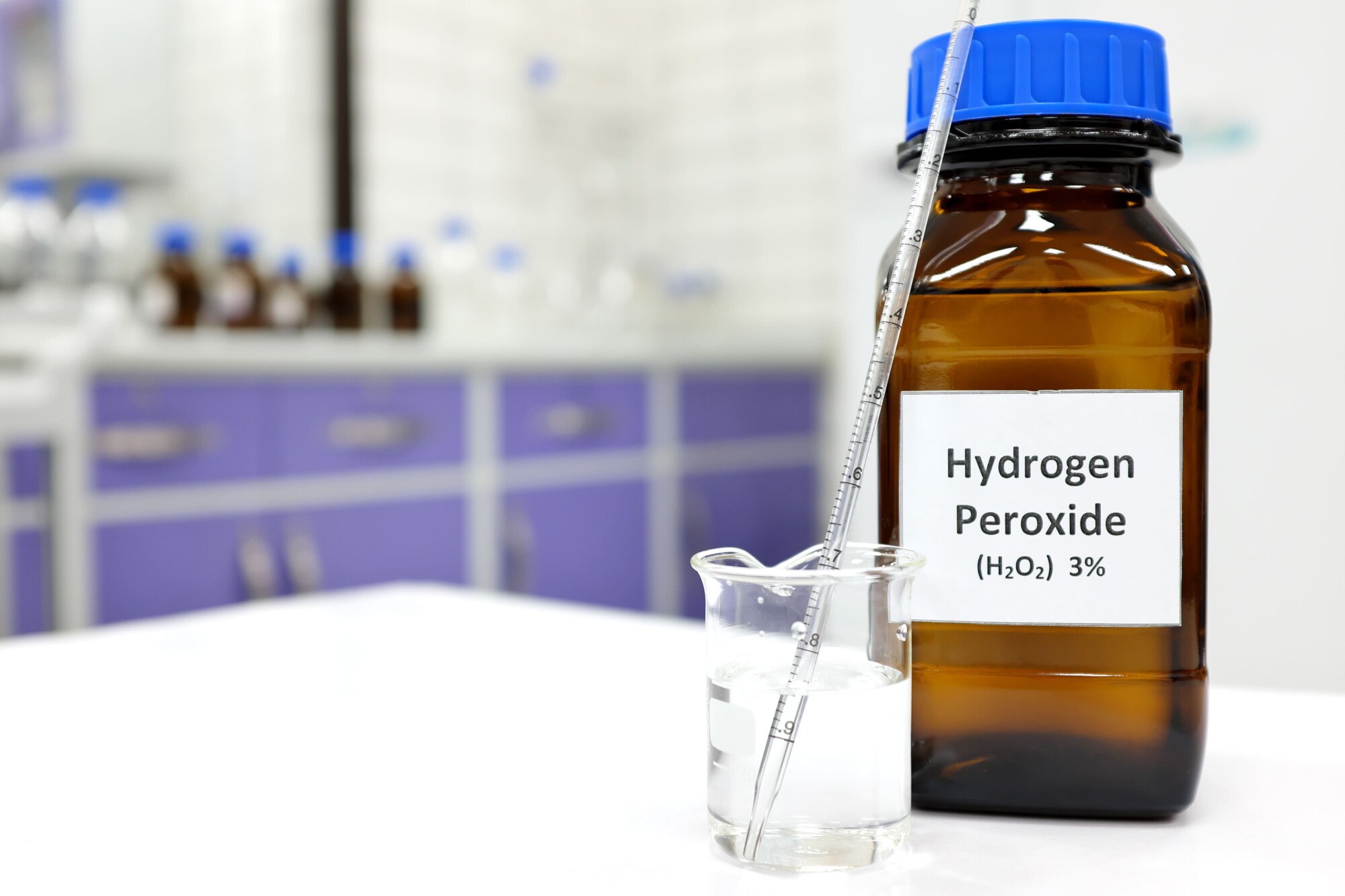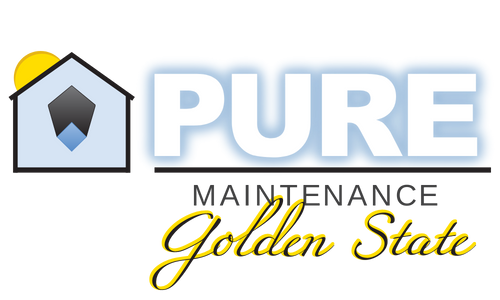
The Peracetic Acid Vapor Exchange is important in the Pure Maintenance mold remediation process because of its proven efficacy to reach hidden mold in areas of homes and businesses that are normally only accessible with demolition. Thus the Peracetic Acid Vapor Exchange process is a more effective and thorough mold remediation system for the entirety of a room or area without requiring demolition.
Peracetic Acid, also known as peroxyacetic acid or PAA, is an organic acid formed by the reaction of acetic acid (vinegar) and hydrogen peroxide, along with an acid catalyst. When these compounds decompose, the result is oxygen, carbon dioxide and water.
PAA was first introduced in 1955 as an antibacterial agent used in specialized applications. PAA is used by many dialysis centers to clear bioburden from the internal components of a dialysis machine. Then, in the late 90’s the acid vapor, or “fogging”, was discovered by the “clean-room” industry to be as effective as the aqueous form.
According to the Canadian Journal of Microbiology, PAA provides more antimicrobial activity than hydrogen peroxide and vinegar on their own. PAA is a highly biocidal oxidizer that maintains its efficacy in the presence of organic soil. PAA fog has rated highly when used in cleanrooms and medical facilities. It is an effective and safe microbicide in removing mold in homes.
Peracetic Acid Vapor is non-carinogenic. It is neither chlorine nor bleach. It is not a phenol and not in the benzyl group. PAA vapor breaks down into oxygen and water so there is no residual left behind after treatment. The lack of residue is what gives PAA vapor a safe advantage over other treatments.
PAA vapor causes the disintegration of the fungal wall so that internal components are no longer active and are unable to organize, causing the cell to fall apart. PAA’s oxidation of amino acids denatures proteins and disrupts cell wall permeability. The process was once described as, “PAA fog is like taking a gun to a knife fight.”
